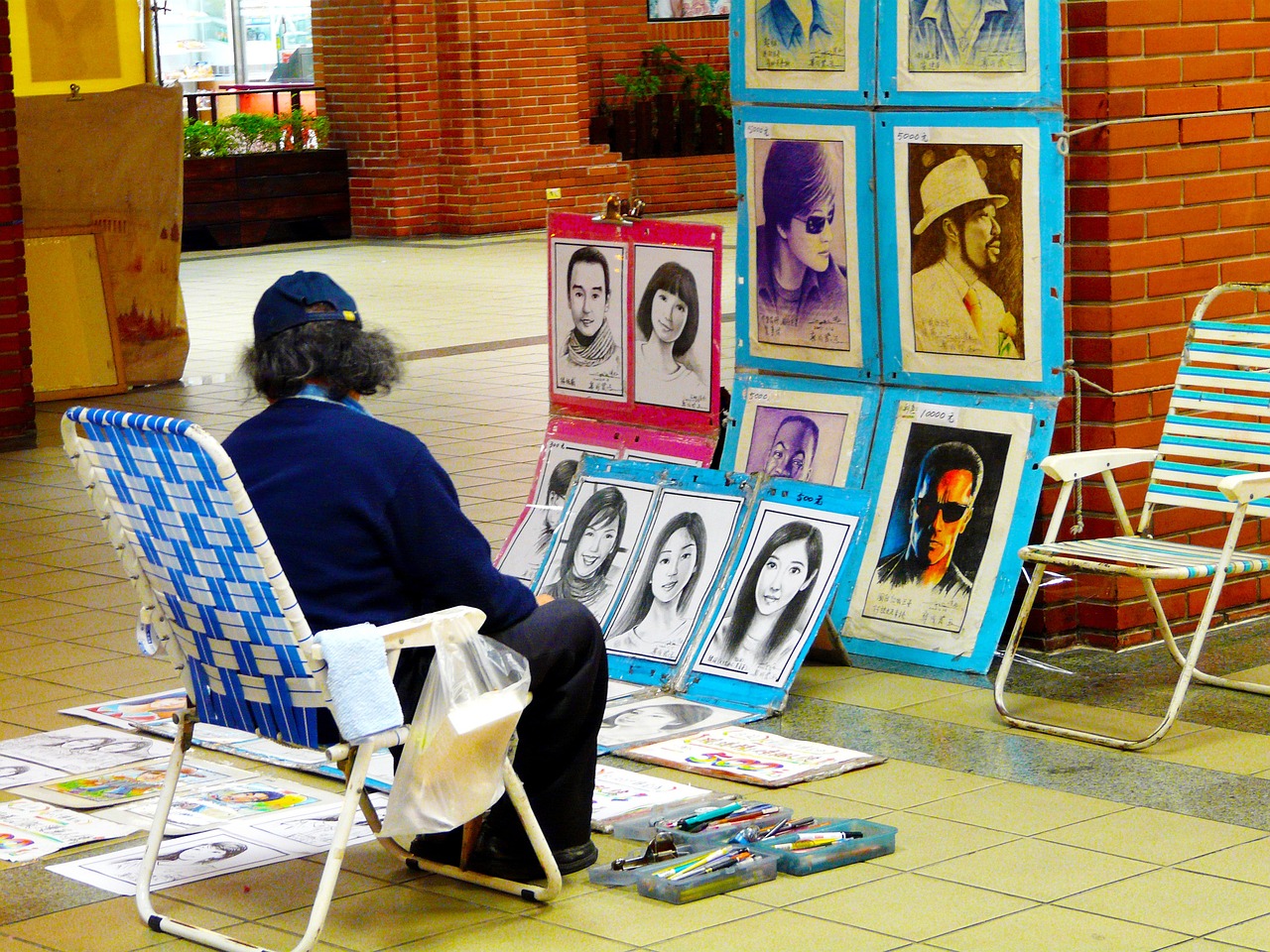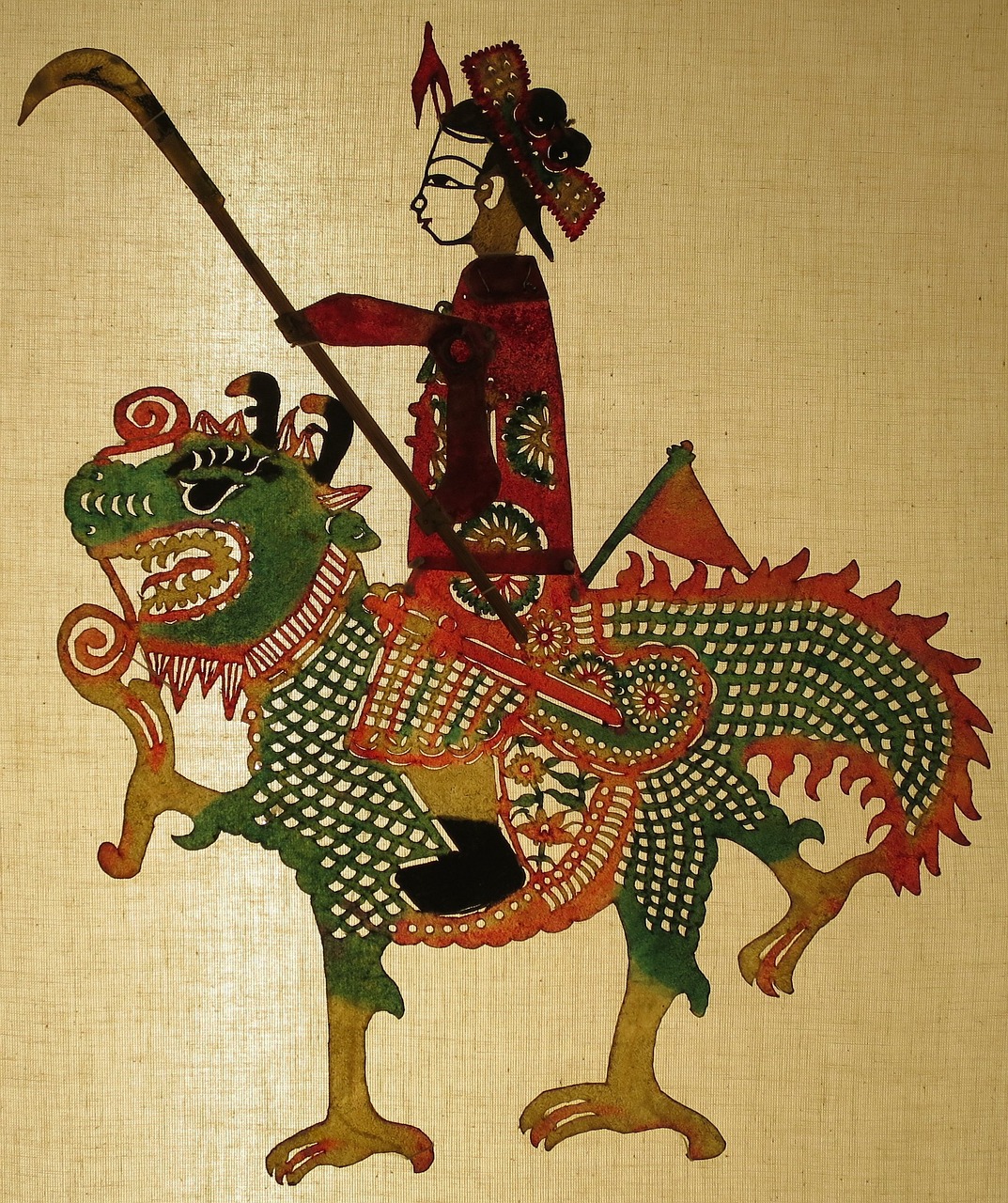Taiwan’s Diverse Cultural Heritage
Experience Taiwan’s cultural richness, shaped by history, diversity, and government policies. Join our private tours of Taiwan to explore the island’s unique blend of traditions and art. Taiwan’s cultural diversity is reflected in its art. Discover the fascinating blend of Chinese, indigenous, and modern influences that have shaped the island’s artistic landscape.

A street artist in Tamsui near Taipei
Art Treasures in Museums and Temples
Taiwan’s art journey begins with a visit to the National Palace Museum, housing an unparalleled collection of bronzes, paintings, ceramics, and jade treasures. Explore the rich heritage of Chinese art on display here.
Beyond the National Palace Museum
Immerse yourself in Taiwan’s art scene by visiting the National Taiwan Museum of Fine Arts and the Juming Museum, which showcases the works of renowned sculptor Ju Ming. Taichung offers a unique artistic experience. In Taipei, explore the Museum of Contemporary Art Taipei and the Taipei Fine Arts Museum to gain insights into Taiwan’s identity through curated exhibits. Don’t miss the Dalongdong Baoan Temple, a masterpiece of temple art.

Shadow-puppetry is one of Taiwan’s traditional performing arts.
Layers of Cultural History
Discover how government policies have shaped Taiwan’s cultural diversity. From Japanese colonial records to Chiang Kai-shek’s Cultural Renaissance Movement, explore the island’s cultural evolution.
Cultural Revival and Pluralism
Since embracing democracy, Taiwan has experienced a cultural resurgence. Discover how cultural pluralism, rising incomes, and political support have led to an explosion of arts and performance venues.Combine your love for art with nature at the Taiwan East Coast Land Arts Festival and the Taoyuan Land Art Festival. Experience the connection between art, the environment, and indigenous culture. Visit Lukang for a glimpse into traditional lantern-making, woodcarving, and effigy-making. Explore Sandimen to see artisans creating glass-bead jewelry and handmade leather items in a large indigenous village.
Embark on a Private Art Journey
Join our Taiwan private tours for a personalized and immersive exploration of Taiwan’s art scene. Engage with local artists, discover hidden artistic enclaves, and gain a deeper understanding of the island’s cultural heritage.
